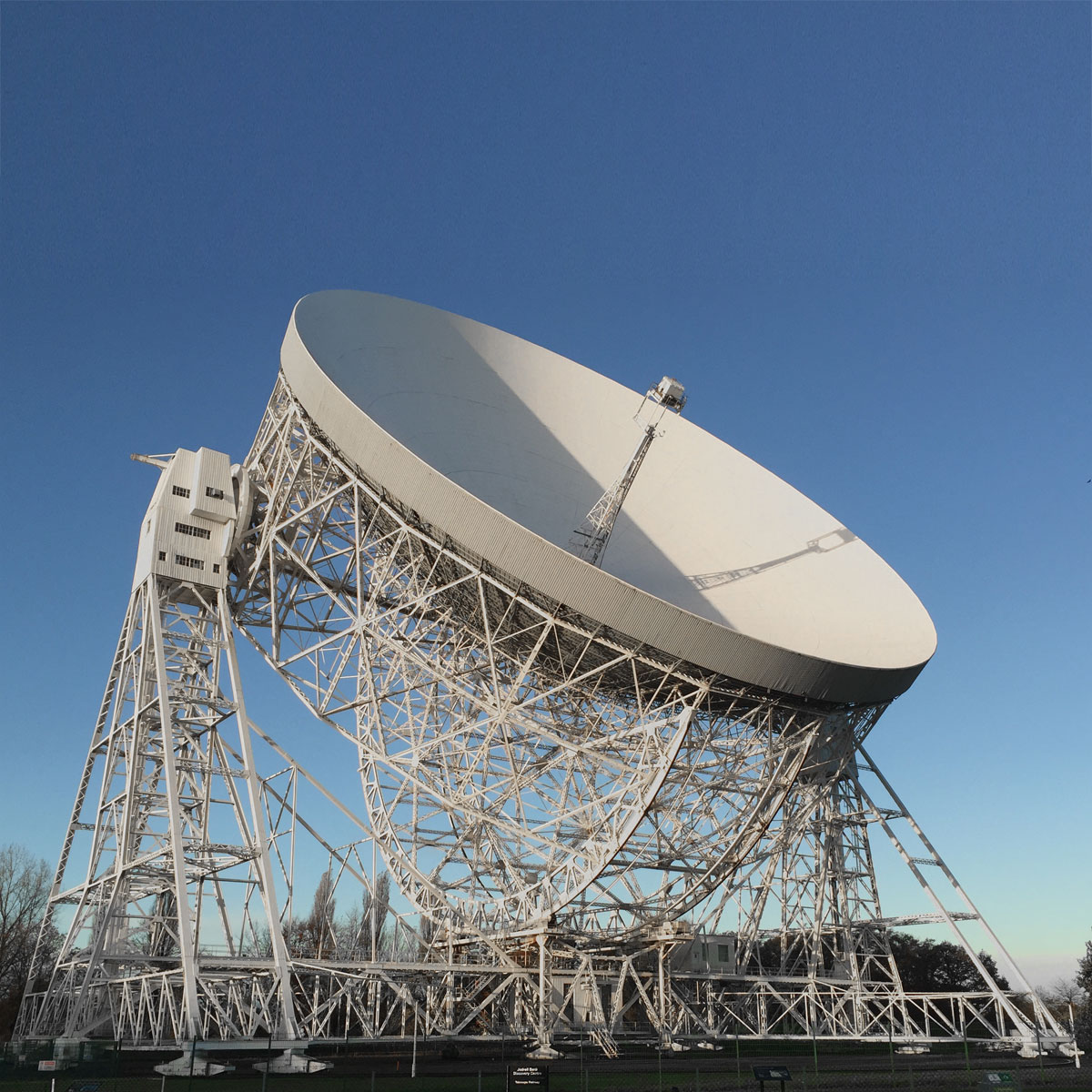
Lovell (Mark IA)
The 76 m (250 ft) diameter telescope is the third largest steerable dish on Earth, with both L & C band receivers.

enhanced Multi Element Remotely Linked Interferometer Network
VLBI National Radio Astronomy Facility
Invitation for proposals (Cycle 18) will be open until 23rdMay 13:59 UT

The 76 m (250 ft) diameter telescope is the third largest steerable dish on Earth, with both L & C band receivers.
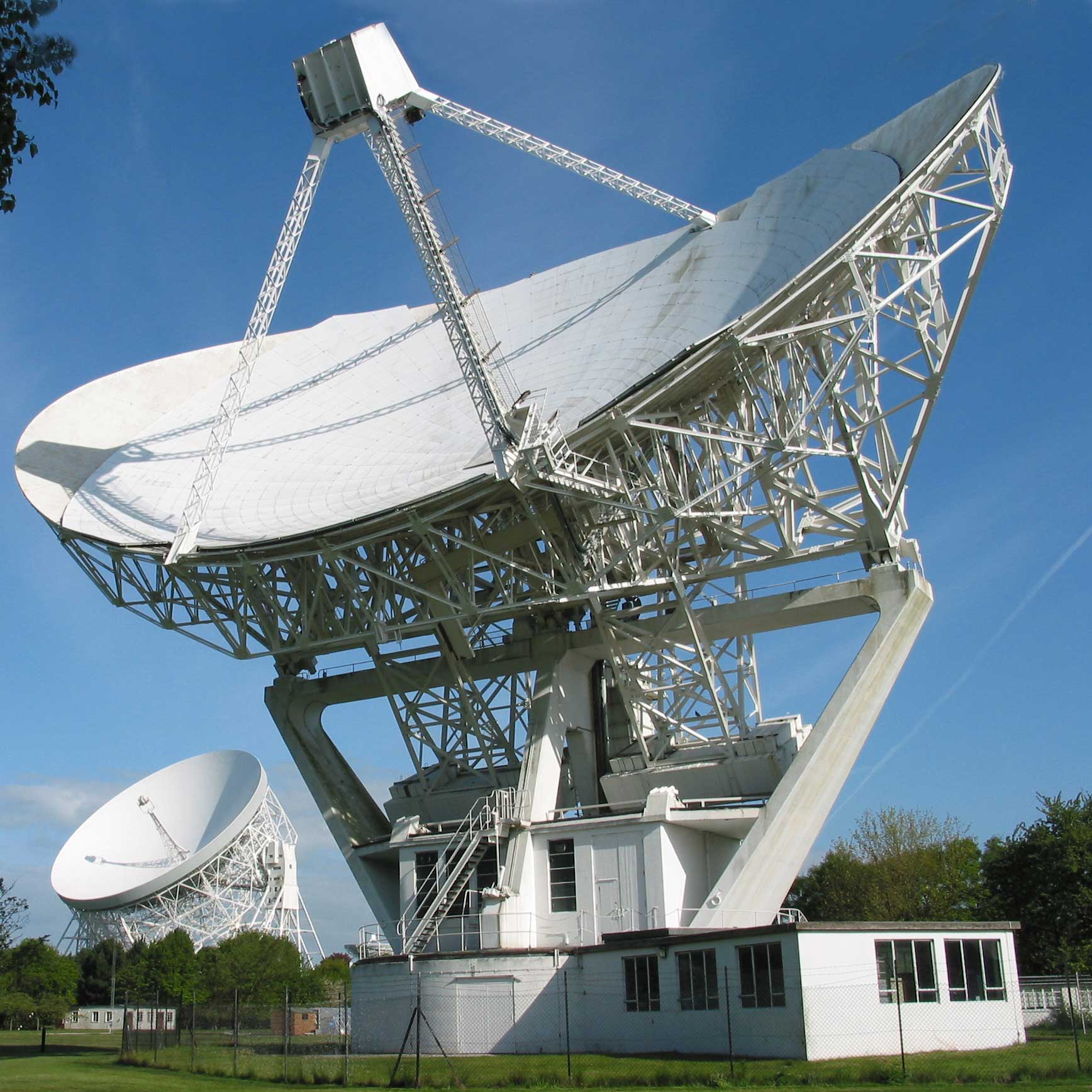
This 25 m x 38 m elliptical telescope is often used as the primary reference antenna at L, C & K bands.
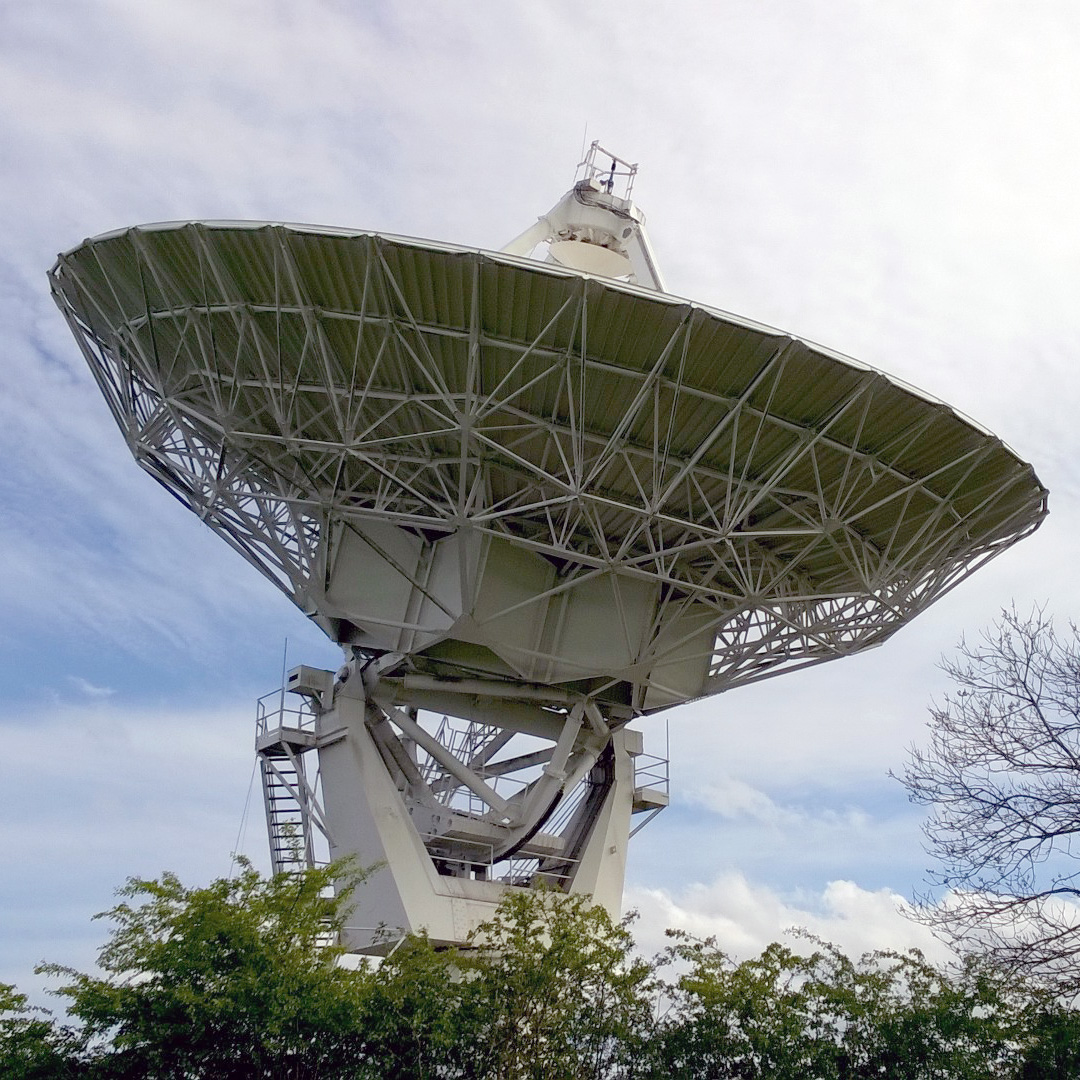
A 25 m diameter E-Systems telescope 11 km from JBO equipped with L, C and K band receivers.
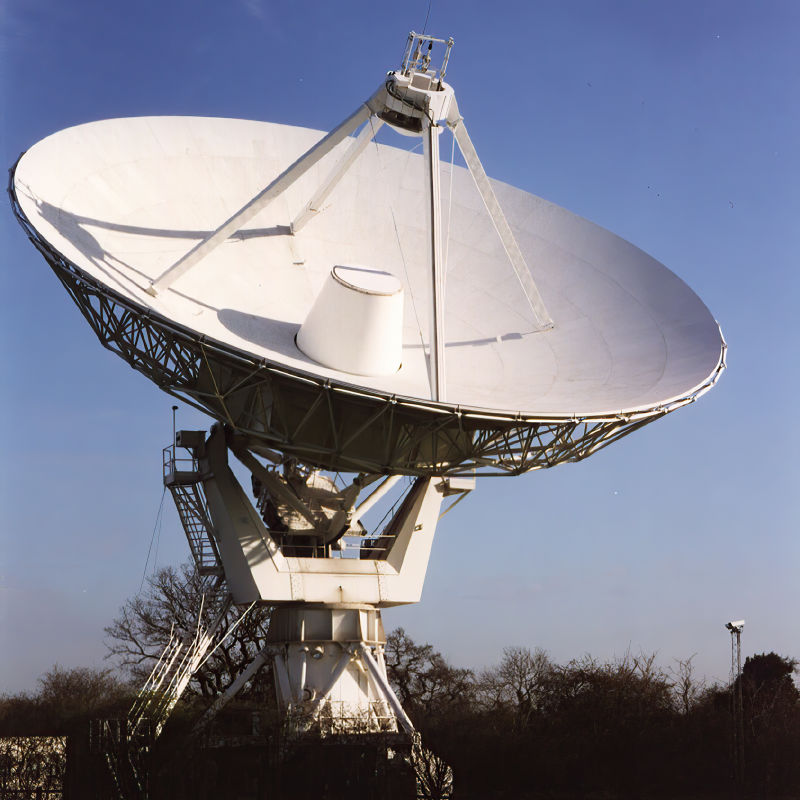
A 25 m diameter E-Systems telescope located 17 km from JBO equipped with L, C and K bands.
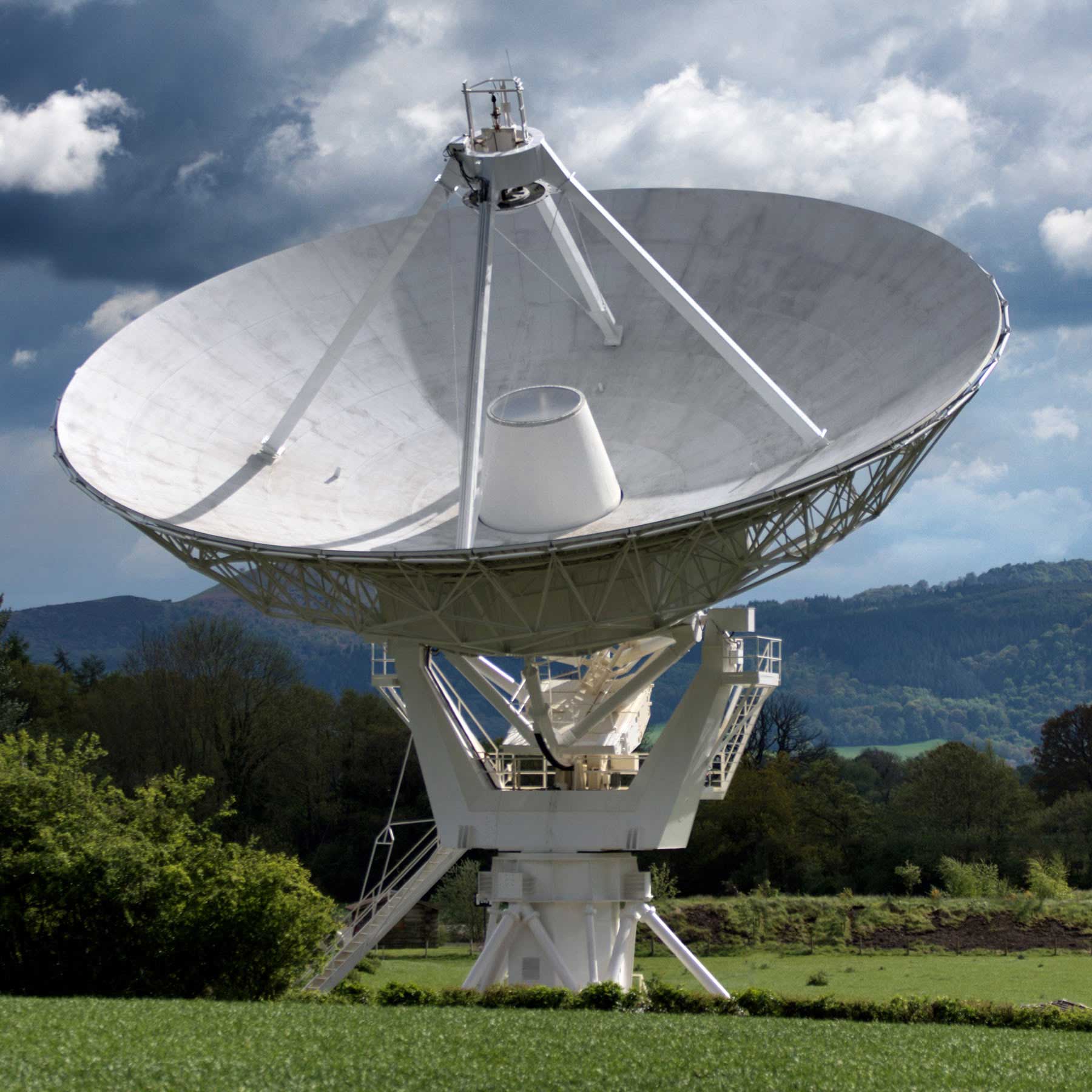
This 25 m E-systems telescope is located on the Welsh Marches, 85 km from JBO with L, C and K bands.
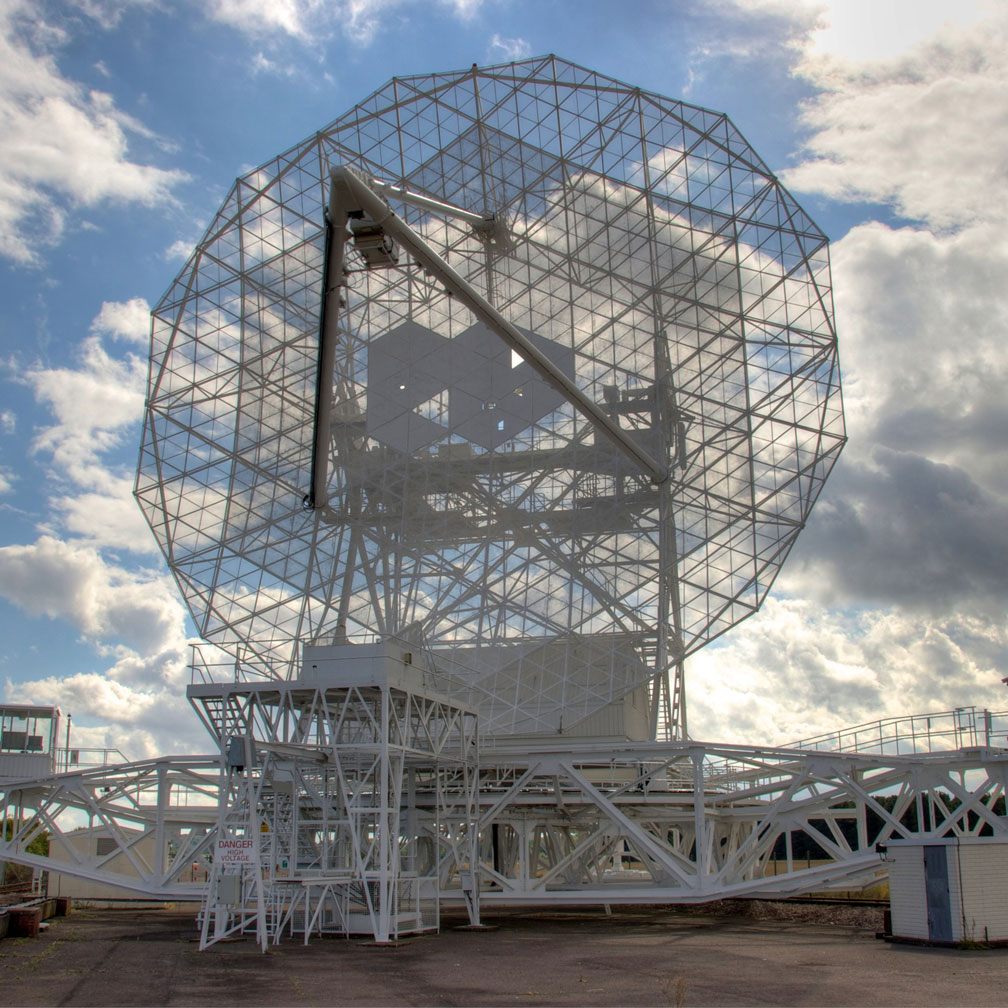
A 25 m telescope, formerly a RADAR dish, that lies 126 km from JBO with L and C band capabilities.

This 32 m diameter telescope located 200 km from JBO provides the longest baseline at all bands.
e-MERLIN is an array of seven radio
telescopes spanning 217 km (135 miles) across Great Britain connected by
a superfast optical fibre network to its headquarters at Jodrell Bank Observatory.
It has a unique position in the world with an angular resolution comparable to that of the Hubble Space Telescope and carrying out
centimetre wavelength radio astronomy with micro-Jansky sensitivities.
Its flexible wide-band correlator enables e-MERLIN to become the core of the EVN (European Very Long Baseline Interferometer Network)
providing those valuable shortest baselines to global VLBI scientists.
The array is also flexible enough to be used for sensitive pulsar observations in very-high time-resolution modes.
e-MERLIN regularly operates its wide-band correlator in three modes: e-MERLIN Imaging Mode, e-MERLIN+EVN Mode, and Fast Transient Mode (LoFT-e). Three observing bands are available: L band (1.23 - 1.74 GHz), C band (4.3 - 7.5 GHz), and K band (19 - 25 GHz).
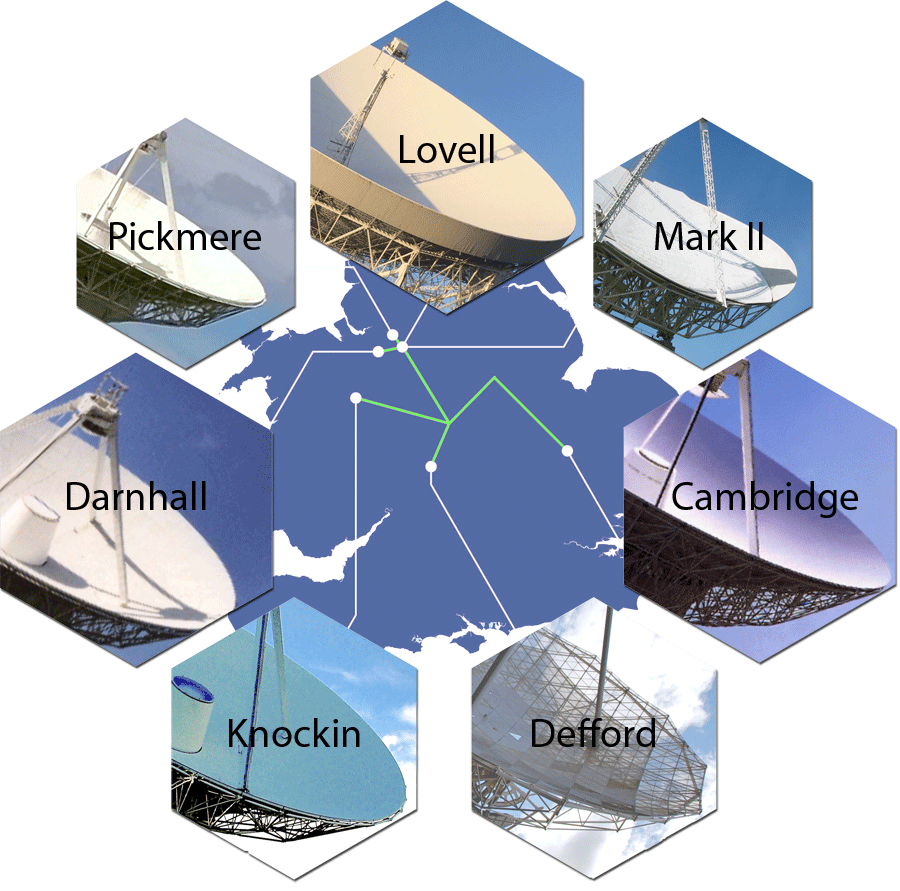
This is the most frequently used mode by observers providing deep high-resolution imaging. e-MERLIN observations are correlated at Jodrell Bank, in real time, using aperture synthesis techniques. Telescopes spread over 217 km, combined with 512 MHz instantaneous bandwidth, yield overlapping spatial-scale coverage in a single earth-rotation.

This coverage delivers images with angular resolutions up to 50 milli-arcseconds at micro-Jansky sensitivities. On top of these continuum observations, the e-MERLIN correlator can simultaneously observe narrow spectral windows with very-high frequency resolution, ideal for spectral line observations.
When used within the European VLBI Network, e-MERLIN generates EVN compatible VDIF data which are delivered to JIVE for correlation. Images produced with e-MERLIN + EVN deliver micro-arcsecond angular resolution without sacrificing the larger scales. Both traditional VLBI (observe now, correlate later) and fibre-linked 'e-VLBI' (real-time correlation) modes are available.
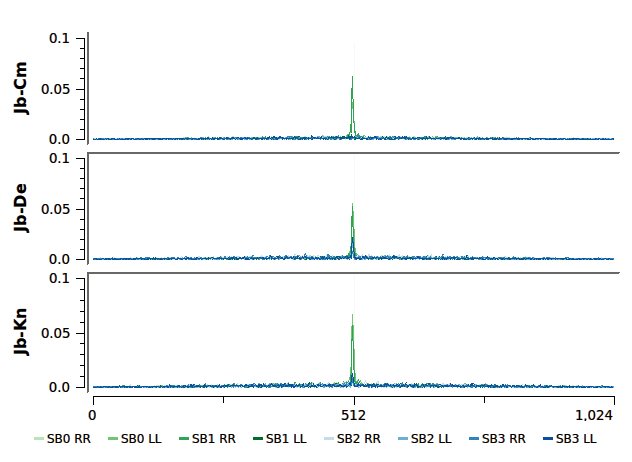
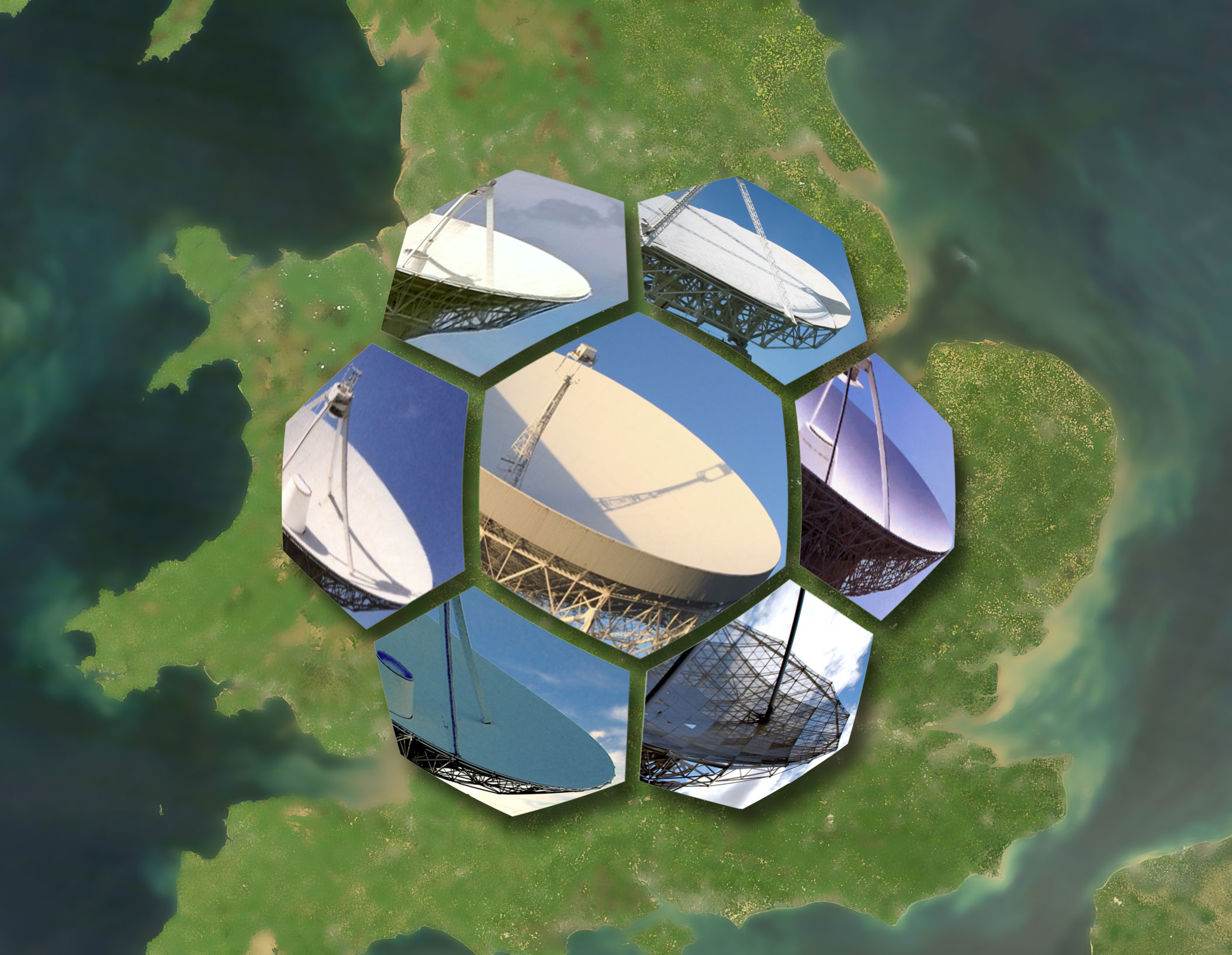
e-MERLIN can be used to produce exceptional sensitivity and time resolution combinations. This is ideal for FRB searches, low luminosity pulsar observing or even the Search for Extra Terrestrial Intelligence (SETI). Localisation of Fast Transients using e-MERLIN (LoFT-e) allows a unique combination of both timing and source location solutions.
e-MERLIN announces regular observing cycles (currently twice per year), inviting the astronomical community to propose new experiments. Typical observations, using the Direct Correlation Mode,
yield micro-Jansky sensitivities in a single observing track with excellent aperture synthesis coverage thanks to 512 MHz of bandwidth and up to 50 milli-arcseconds of angular resolution at C-band.
Full support is available throughout the proposing, observing and data reduction processes from specialist Support Scientists. The bespoke CASA data reduction pipeline tool can automatically process data faster than real-time allowing rapid results.
For more information on e-MERLIN's capabilities and on how to observe please see our 'Observe' section.